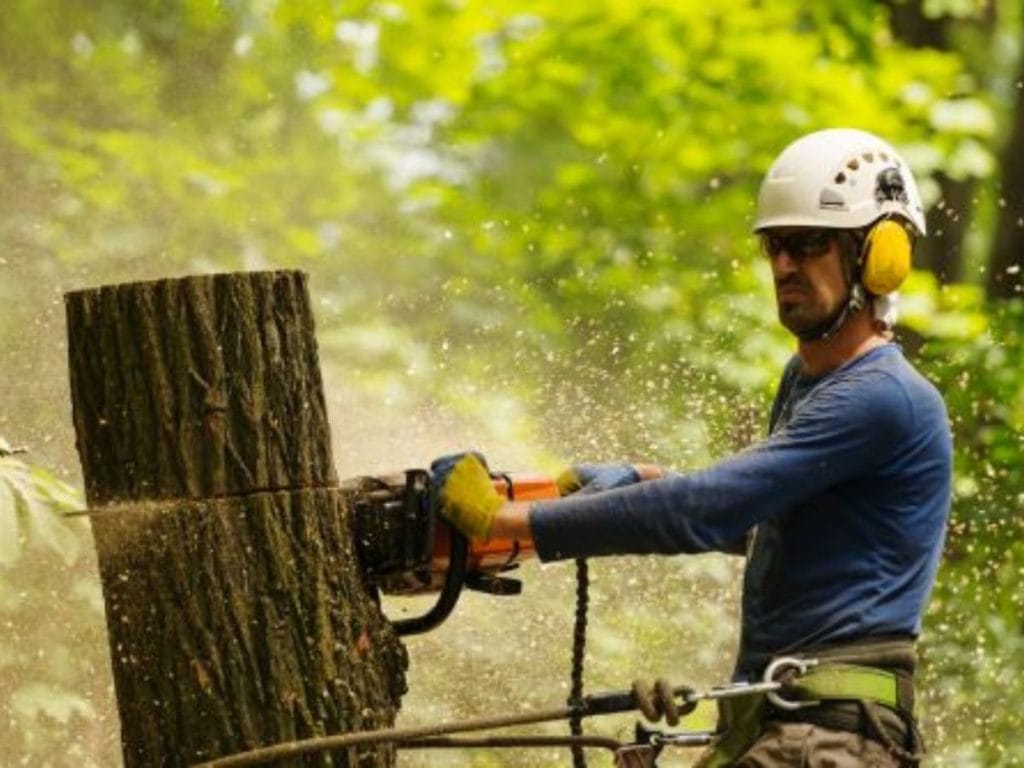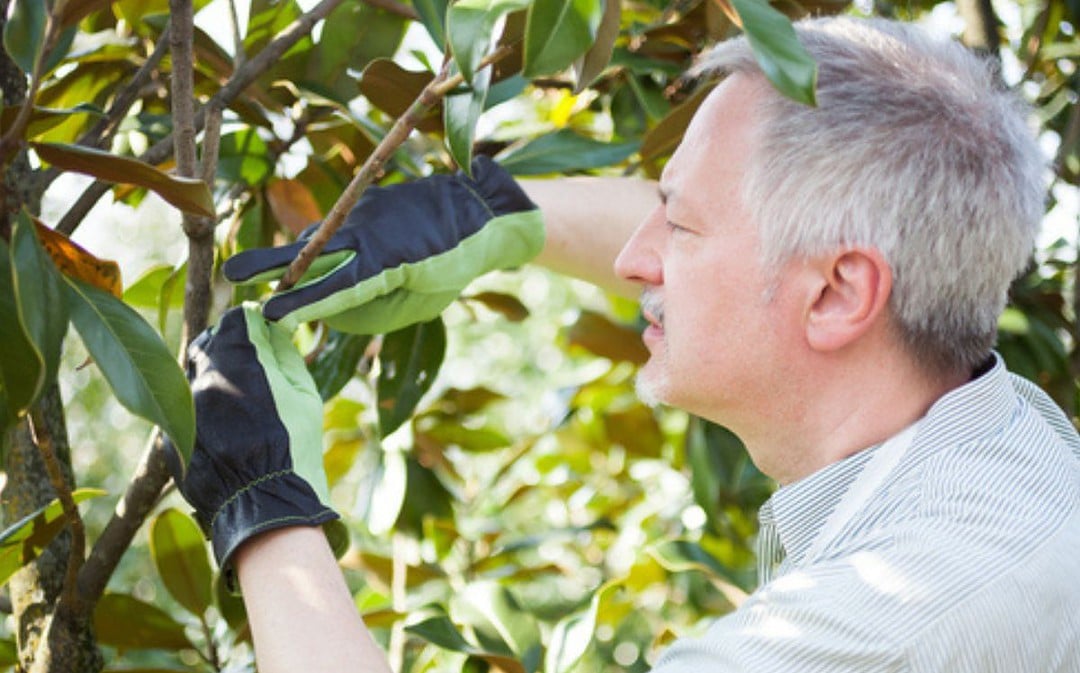Table of Contents
When Do You Need to Call an Arborist?
Trees are one of the most important aspects of your home. They provide shade, privacy, and beauty. However, trees also need care and attention in order to stay healthy and strong. That’s where arborists come in. Arborists are trained professionals who specialize in the care of trees. They have the knowledge and skills necessary to prune, fertilize, and otherwise maintain your trees so that they can reach their full potential. But how do you know when it’s time to call an arborist? Read on to find out.
Why do we call an Arborist for our trees?
Arborists Are Trained Professionals
The first and most important reason to call an arborist is that they are trained professionals. Arborists receive extensive training in tree management, including tree removal, pruning, and stump grinding. They also know how to identify problems with trees before they become dangerous. This means that you can trust them to safely and effectively remove any tree-related problems you may have.
Arborists Have the Right Equipment
Another reason to call an arborist is that they have the right equipment for the job. Tree removal can be a dangerous task, and trying to remove a tree yourself could put you or your property at risk. Arborists have the necessary safety gear and equipment to remove trees quickly and efficiently. This includes things like cranes, saws, and chainsaws.
Arborists Can Save You Money in the Long Run
While it may seem like hiring an arborist is more expensive than removing a tree yourself, it’s cheaper in the long run. Not only will you avoid putting yourself or your property at risk, but you’ll also save money on things like insurance premiums. Insurance companies often charge higher rates for homes with hazardous trees on the property. So, by having an arborist remove any dangerous trees, you could save yourself a lot of money down the line.
Here’s what some of the Abrorists can do:
Pruning
Pruning is the process of removing dead or diseased branches from a tree. This helps the tree to focus its energy on producing new, healthy growth. It also prevents the spread of disease to other parts of the tree. Arborists are trained professionals who specialize in the care of trees. They are knowledgeable about all aspects of tree care, including pruning.
Pruning Techniques
Pruning can be done using a variety of techniques, depending on the type of tree and the desired result. For example, thinning cuts remove entire branches, while heading cuts remove only the tips of branches. Arborists are trained to know which pruning techniques to use in order to achieve the desired result without harming the tree.
The timing of pruning is also important. Spring is generally the best time to prune most trees, as this is when they are beginning to actively grow. However, there are some exceptions; for example, late winter or early spring is the best time to prune fruit trees.
Why Hire an Arborist?
Although pruning may seem like a simple task, it is actually quite complicated. If not done correctly, pruning can damage or even kill a tree. That’s why it’s always best to hire a certified arborist to do the job. Arborists have the training and experience necessary to properly care for your trees.
Pruning is an important part of tree care that should be left to the professionals. Certified arborists have the training and experience necessary to properly care for your trees. They will know which pruning techniques to use and when is the best time to prune your particular type of tree. Hiring an arborist will help ensure that your trees stay healthy and look their best.

Fertilization
Properly fertilizing trees can prevent many problems and improve the overall health and vigor of the tree. Fertilization replaces nutrients that have been lost due to environmental factors such as poor soil quality, damage from insects or disease, or over-watering. Arborists are specially trained in diagnosing tree problems and prescribing the best course of treatment, which may include fertilization.
Types of Fertilizer
There are many different types of fertilizer available, and the type you need will depend on the specific tree species and the current condition of the soil.
Some common types of fertilizer include:
- – slow-release fertilizer: Releases nutrients gradually over a period of time (usually 3-9 months), which reduces the chances of burning the roots. This type is ideal for newly planted trees.
- – organic fertilizer: Made from natural materials such as composted manure or kelp meal. This type is safe for people, pets, and wildlife, but it does need to be applied more often than chemical fertilizer.
- – chemical fertilizer: Often made from synthetic materials, this type can provide a quick boost to a tree’s growth. However, it can also be harmful if not used properly. Be sure to follow the instructions on the fertilizer label carefully and always water thoroughly after applying any type of fertilizer.
The Best Time for Fertilization
Arborists generally recommend that trees be fertilized in late fall or early spring when they are preparing for a new growth cycle. This timing allows trees to make full use of the nutrients before hot weather sets in and slows down growth. However, there are some exceptions – if your tree is showing signs of nutrient deficiency (e.g., yellowing leaves), you may need to fertilize more frequently.
Fertilizing your trees can improve their overall health and vigor and prevent many problems. If you think your trees could benefit from fertilization, call your local arborist for a consultation. They will be able to diagnose any problems and prescribe the best course of treatment, which may include fertilization with either slow-release or organic fertilizer applied in late fall or early spring.
Disease & Pest Management
Tips for Homeowners & Tradesman
Fortunately, there are a number of things that homeowners and tradesman can do to prevent or mitigate the effects of tree diseases and pests. Here are just a few tips:
- Regularly inspect your trees for signs of disease or infestation, such as discolored leaves, bald patches, holes in the bark, or the presence of insects. If you notice anything unusual, contact a qualified arborist or tree care professional immediately. They will be able to properly diagnose the problem and recommend a course of treatment.
- Prune diseased or dead branches from your trees on a regular basis. This will not only improve the tree’s appearance but also help prevent the spread of disease.
- Keep your trees healthy by watering them regularly and fertilizing them as needed. Healthy trees are much better equipped to fight off diseases and pests than stressed or weakened ones.
- If you use pesticides or herbicides on your property, be careful not to apply them too close to trees as they can damage the roots. Make sure you always follow the manufacturer’s instructions when using these products.
By following these simple tips, you can help keep your trees healthy and looking their best. Remember, healthy trees are an important part of any landscape so it’s worth taking the time to care for them properly!
Conclusion:
Trees are an important part of any home landscape but they also require regular care and maintenance to stay healthy and strong. Knowing when to call an arborist is crucial in ensuring that your trees receive the attention they need to thrive. Some common reasons for calling an arborist include pruning, fertilization, and disease & pest management. if you notice any problems with your trees, don’t hesitate to give us a call!

